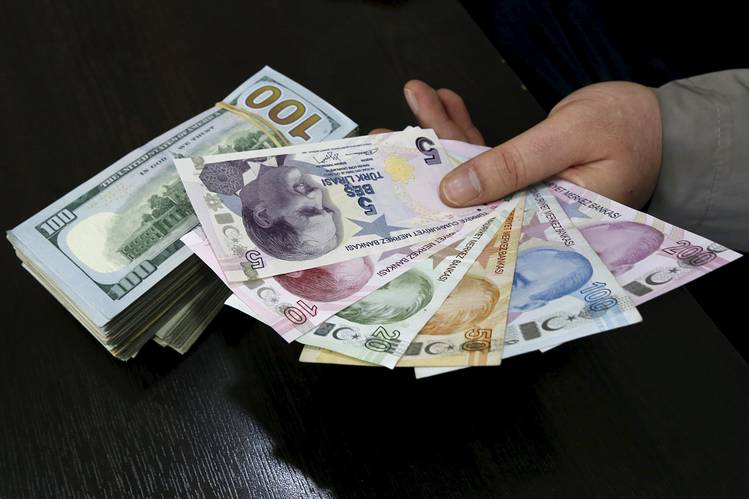
In November 2005, I addressed the Foreign Investors Association (Yased) Conference in Istanbul. At that time, I indicated that I had been long (invested in) the Turkish lira for some time, but I also stressed that I thought the lira was overvalued and that a stable lira could not be sustained. Furthermore, I stated that I thought the lira’s floating exchange rate and the plan to introduce formal inflation targeting at the central bank were not good for Turkey and would eventually end badly. In short, I was anxious in November. Not surprisingly, by the end of March 2006, I had liquidated all of my long lira positions.
In mid-May, I was in Istanbul again, where I addressed the Forum Istanbul. I avoided any direct discussion of the lira, as the lira had already started to wobble badly on the day of my talk and I did not want to inadvertently pour fuel on the fire. Since then, the markets have confirmed exactly what I was worried about in November 2005: a weaker—but still very overvalued—lira, very high foreign indebtedness of Turkish residents, a deteriorating inflation performance, and, as I pointed out in my current Forbes column, “Bernanke’s Little Problem” (July 3, 2006), a world in which major central banks are being forced to push up interest rates.
At this point, I am not predicting a lira collapse as I did in 1994 and 2000, but I will say that the central bank is in a very difficult position—much more difficult than most people realize. Indeed, we might—and I emphasize the word “might”—be witnessing at present the calm before the storm.
The only way to extricate Turkey from the possibility of such a storm and avoid the possibility of a full-blown currency crisis is to abandon its floating exchange rate regime. To stabilize the lira, Turkey should follow the blueprint I laid out with Dr. Kurt Schuler in Geliºmekte Olan Ülkeler Için Para Kurullari El Kitabi, published in 2001 by the Association for Liberal Thinking in Ankara. We proposed that the central bank be replaced with an orthodox currency board that establishes a fixed lira-euro exchange rate, guarantees lira-euro convertibility and maintains euro reserves at 100%-110% of the lira money supply. By adopting an orthodox currency board, Turkey would stabilize the lira and informally enter the eurozone. A currency board would allow Turkey to do what the original 11 members of the European Monetary Union did in the 2 years prior to the replacement of their domestic currencies with euro bills and coins in January 2002: fix its domestic currency’s exchange rate to the euro. It is time for Turkey to do informally what it eventually aspires to do formally: join the eurozone.
Author Steve H. Hanke

0 responses on "Fix the Turkish Lira"